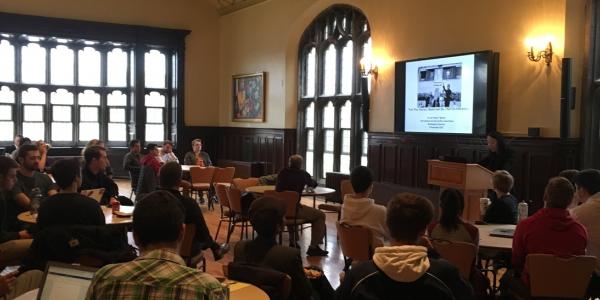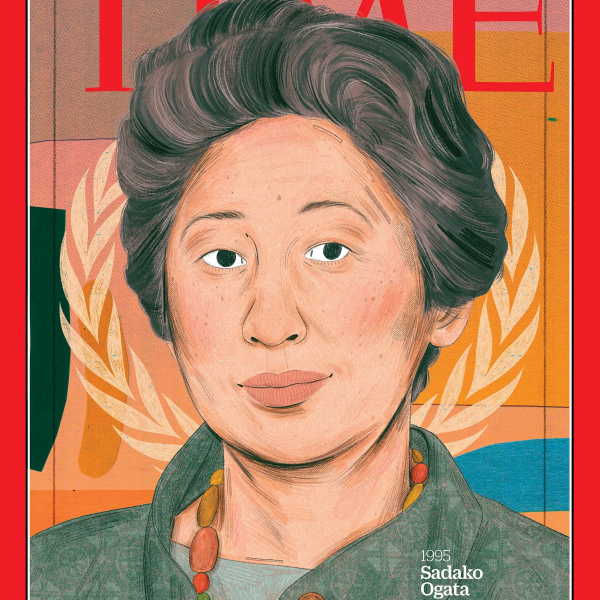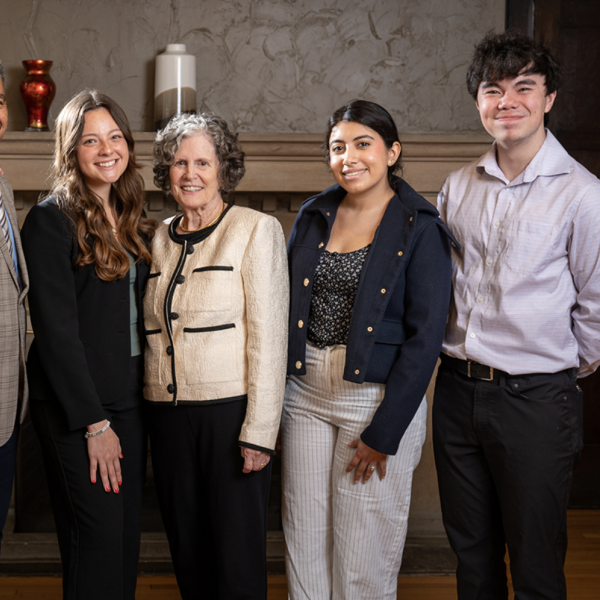New research perspectives from Hanoi during the 1968 Tet Offensive
This past Friday, International and Area Studies welcomed Professor Lien-Hang T. Nguyen from Columbia University’s History Department as she presented her research on alternate, untold perspectives on the Tết Offensive of the Vietnam War. For years, the Vietnam War, or the Vietnamese-American War, has been primarily viewed from the Western perspective from reports of U.S. soldiers, political leaders, scholars and journalists. However, new information on conflicting plots, strategies, miscommunications, and power struggles within Northern Vietnamese forces has emerged surrounding the two-day attack.
The Tết Offensive is known as a turning point in the Vietnam War, where the forces of the North Vietnamese People’s Army of Vietnam and the Viet Cong attacked Saigon and South Vietnam, gaining the upper hand against the South Vietnamese Army of the Republic of Vietnam, the United States Armed Forces, and their allies. It was the point where “Americans snatched Hanoi’s victory from the jaws of Saigon’s defeat.” Several Questions have remained since the attack: who was the architect of the Offensive? What strategy was used? How were objectives defined?
Most agree that the primary aim of the Tết Offensive was to topple the Saigon regime. Some also assert that it was meant to deliver a political and psychological blow to the US in an election year. Professor Nguyen posits that it additionally served to cut South Vietnam in half and create a “rump state” in the event that North Vietnamese forces could not topple the Saigon regime. However, evidence shows that North Vietnamese leaders at the time, including Hồ Chí Minh, General Nguyễn Chí Thanh, General Võ Nguyên Giáp, Hoàng Minh Chính, and Lê Duẩn, had conflicting motives for the attack as well as different methods for bringing victory to the North. Their dialogue and debates may have been why the Tết Offensive lasted two days instead of one. In addition to inner-party voices, Northern Vietnamese forces also faced pressures from Soviet and Chinese forces: Soviets wished to prove the superiority of their weaponry, the Chinese government hoped to further justify Mao’s Peoples Uprising and Third World Liberation. Each side wanted Vietnam to denounce the other.
Limited official access, personal stories, and private libraries are some of the ways that Professor Nguyen sheds light on the events of the war. To finalize her presentation, Professor Nguyen took questions from the audience. Those posed by U.S. scholars and historians highlight the complexity of perspectives in the telling of this history, between America and Vietnam, the North and the South Vietnamese Forces, and even within Northern Vietnamese forces. These perspectives persist to this day, making dialogue and research essential for understanding this major event (and blunder) in U.S. history and policy.





